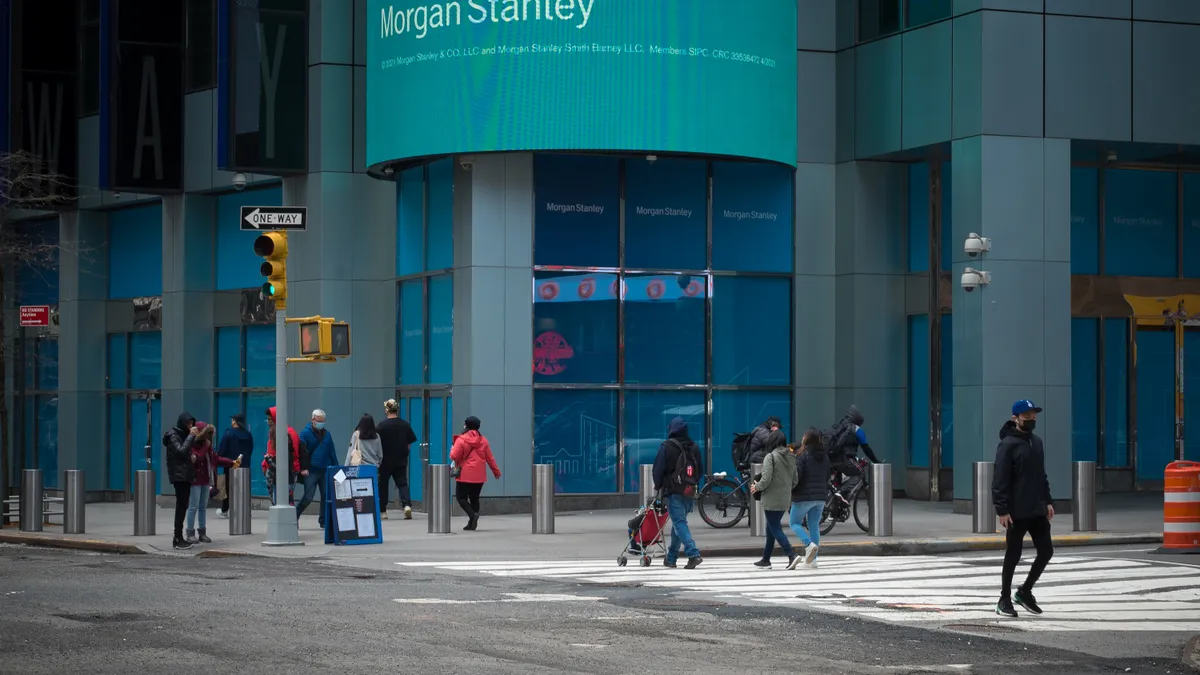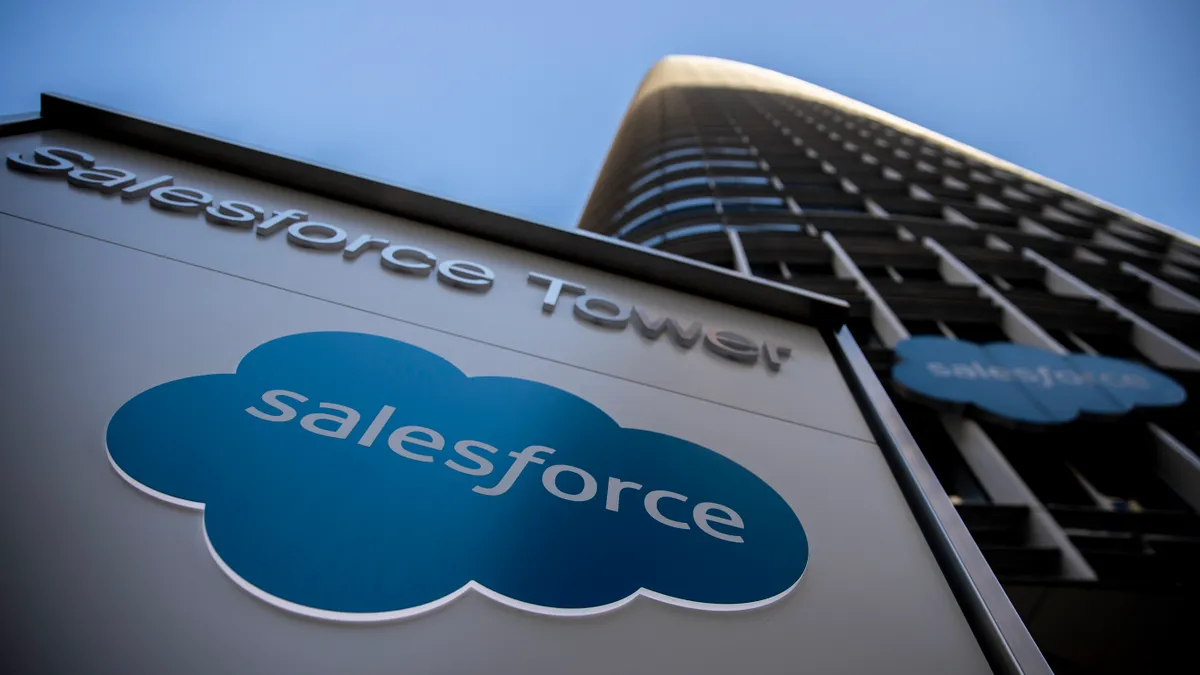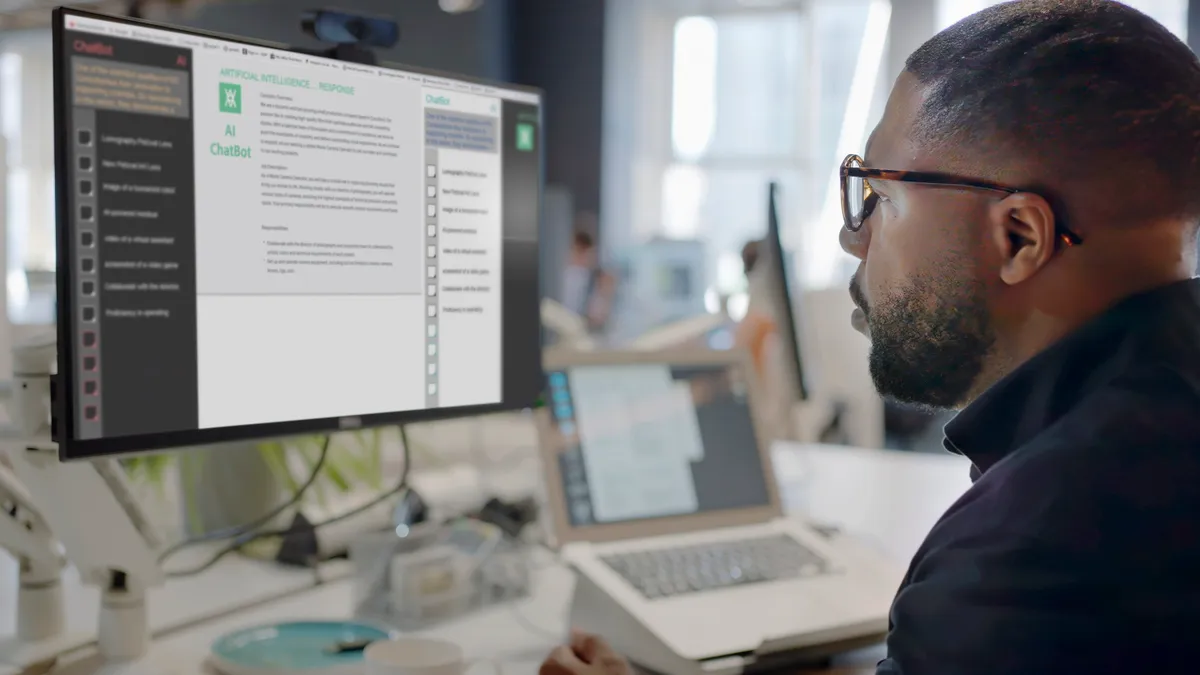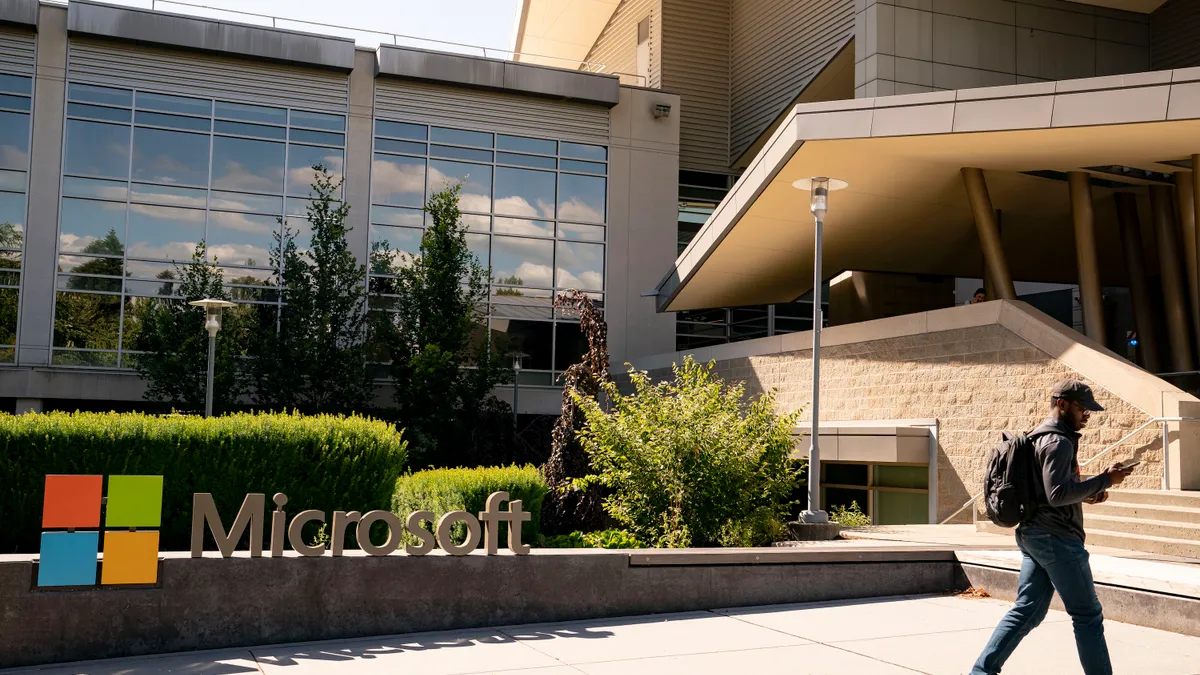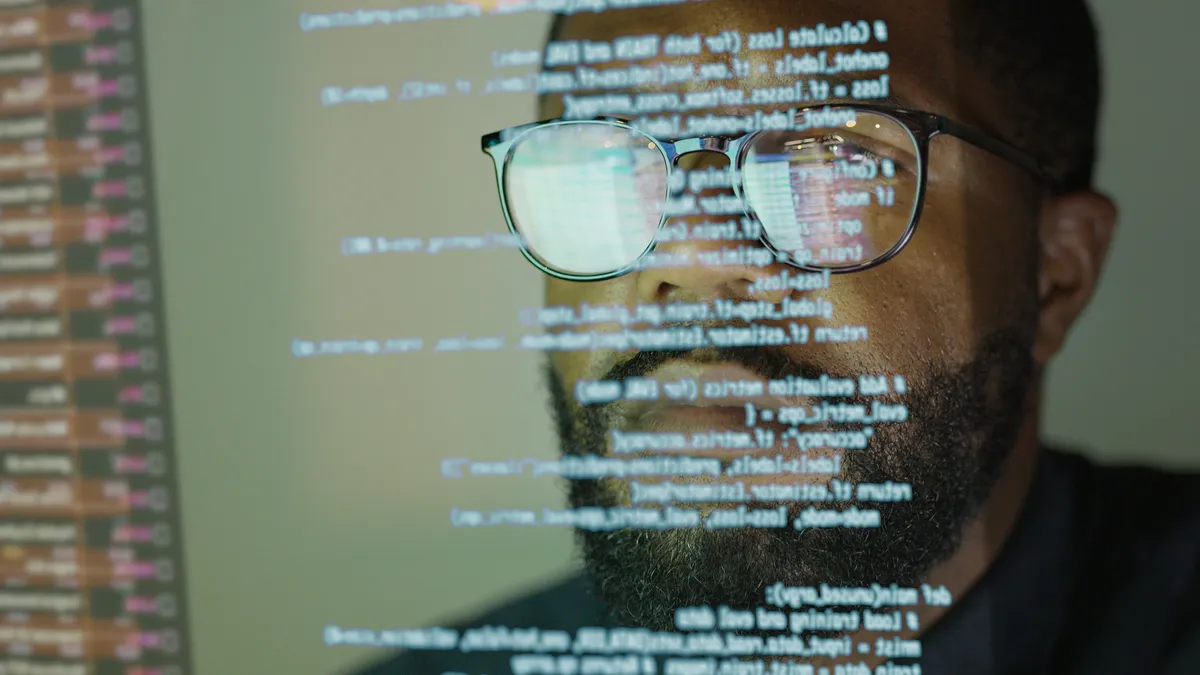Open source, a code-sharing practice once confined to the developer community, has spread across investment, commercial and payment firms, as many of the world's biggest banks push forward with IT modernization.
Dov Katz, distinguished engineer and managing director at Morgan Stanley, has witnessed open source’s steady uptake over the last decade.
“Historically the industry was pretty restricted because of a sensitivity around intellectual property,” Katz said. “Going back 15 or 20 years, a lot of the libraries that we used were probably built in-house.”
As individual banks warmed to open source, the ethos proliferated, according to Gabriele Columbro, executive director of the Fintech Open Source Foundation.
“It's become clear that open source is a positive sum game for the industry,” Columbro said. “Each of the constituencies in the industry has something to gain, both in the lower layer of infrastructure, where things are very similar across the different business lines or areas of the industry, and through collaborating on common standards.”
It took time for the notoriously cautious, heavily regulated industry to buy-in on a software development methodology built on sharing. But the rapid pace of cloud migration coupled with an influx of engineers trained on the open development norms of Silicon Valley has accelerated adoption since the foundation, called FINOS, was founded in 2018.
As a measure of the shift to open source, the non-profit industry coalition — which allied itself with the Linux Foundation in 2020 — reached a milestone earlier this year, surpassing the 100-member mark in January.
The FINOS roster amounts to a who’s who in global financial services, with Citi, Goldman Sachs, JPMorgan Chase and Morgan Stanley among its premier members. BlackRock, Capital One, Discover and Bank of America’s securities division are also members, as are numerous technology providers, including the three largest hyperscalers: AWS, Microsoft and Google Cloud.
The organization aims to follow the lead of its members in helping foster adoption of open-source development and standards in banking, according to Columbro.
As generative AI adoption picked up momentum last year, FINOS drafted open governance guidelines and a compliance framework for the technology. The AI initiative followed closely on the heels of the organization’s efforts to standardize public cloud compliance, resilience and security controls.
“We're seeing open source move up the stack, and not just from a technology perspective,” Columbro said. “It’s getting visibility and understanding at increasingly senior levels within organizations.”
Less is more
Open source adoption goes hand-in-hand with a move to rationalize hybrid ecosystems, where cloud platforms sit atop infrastructure that has accumulated over decades. Banks are turning to open source to chew through years of accumulated technical debt and eliminate interoperability pain points, as shared code moves up the stack.
Open source is freeing banks from the constraints of proprietary systems without curtailing their ability to customize systems as technology needs evolve, Accenture said in its annual banking trends report, published in January.
“The future of banking is being reshaped by open-source systems, with banks moving away from legacy technologies to embrace platforms such as Linux as their computer foundation,” Accenture Senior Managing Director and Global Banking Lead Michael Abbott, the report’s author, said.
Linux is already a dominant operating system, according to Accenture. By 2028 the firm expects 83% of the world’s physical and virtualized servers to run on the open-source code, up from less than three-quarters in 2020.
“The complexity of the bank starts at the hardware layer, with all the different operating systems,” Abbott said. “If you move towards a common OS, you’ve simplified the core environment — it’s the only way to get at the structural cost challenges in these legacy banks.”
Shared solutions
FINOS members are walking the open-source walk.
Citi spearheaded the common cloud controls project in 2023 and rolled out a digital assets management platform built on open-source components last year. As of January, the bank had retired 2,000 legacy applications as part of a massive, multiyear IT transformation project designed to simplify internal processes and improve data operations.
JPMorgan Chase was the first major U.S. bank to leverage an open source digital reporting tool created by FINOS in 2023. Last year the company tapped Sri Shivananda to become its firmwide CTO. Shivananda, who is now the bank’s CIO of Payments, came to JPMorgan Chase from PayPal, a fintech company that open-sourced its JunoDB data system in 2023.
Last year, FINOS certified an in-house desktop connectivity platform called ComposeUI built by Morgan Stanley developers and shared with the open-source community.
“We really have a lot to collaborate on that doesn't get anywhere near our sources of competitive advantage,” said Katz. “It’s a pretty big accomplishment for a very regulated industry to start thinking that way.”
Open-source contributions resonate beyond the banking community. “People pay attention to what you have out there,” Katz said. “It attracts talent. It engages and retains the current talent. And it enhances the talent we have.”
At the operations level, the logic of open source is one of technology’s least well kept secrets, Columbro said.
Abbott agreed. “Why shouldn't every bank in the world share their regulatory and compliance driven approach to open source?” he asked. “They don't need to share the data, but why not share the code?”
Correction: This story has been updated to clarify JPMorgan Chase's use of open source technology for regulatory reporting.



